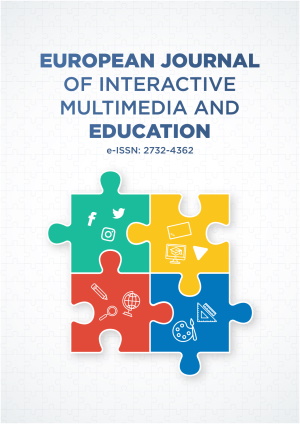Abstract
Undoubtedly the pandemic of COVID-19 had a great impact globally on our daily activities. Whereas to face this unprecedented situation all the educational institutions were compelled to keep the lessons conducted over the internet. Under the current circumstances this quantitative research detects, describes, and measures attitudes of 807 students of 5 Greek universities towards the distance learning process. The data that was collected by using a 5-point Likert scale reflects the strong agreement of the students that face-to- face teaching cannot be replaced by distance learning, especially when it comes to laboratory training. The consensus is also that remote learning has abased pedagogical relationships between professors and classmates and among the latter as well. Findings indicate that students come to a meeting of minds about the educational inequalities which are worsened by the lack of digital equipment and undeveloped technological infrastructure. Furthermore, this study reveals a correlation between the responses of the sample and their demographic and social characteristics, something that offers possibilities for additional research.
License
This is an open access article distributed under the Creative Commons Attribution License which permits unrestricted use, distribution, and reproduction in any medium, provided the original work is properly cited.
Article Type: Research Article
EUR J INTERACT MULTIMED ED, Volume 3, Issue 1, January 2022, Article No: e02207
https://doi.org/10.30935/ejimed/11494
Publication date: 03 Jan 2022
Article Views: 4438
Article Downloads: 3643
Open Access References How to cite this article
 Full Text (PDF)
Full Text (PDF)